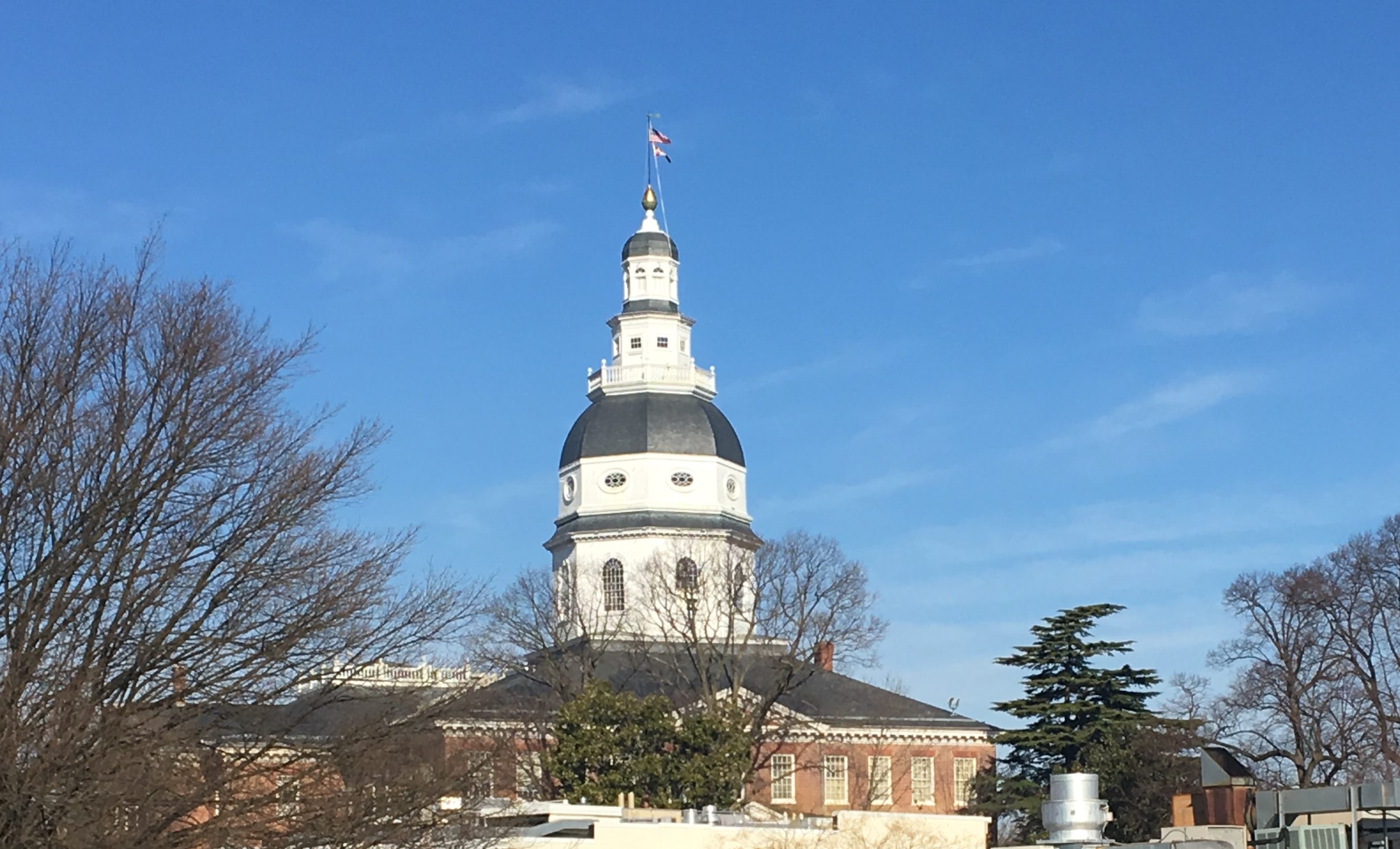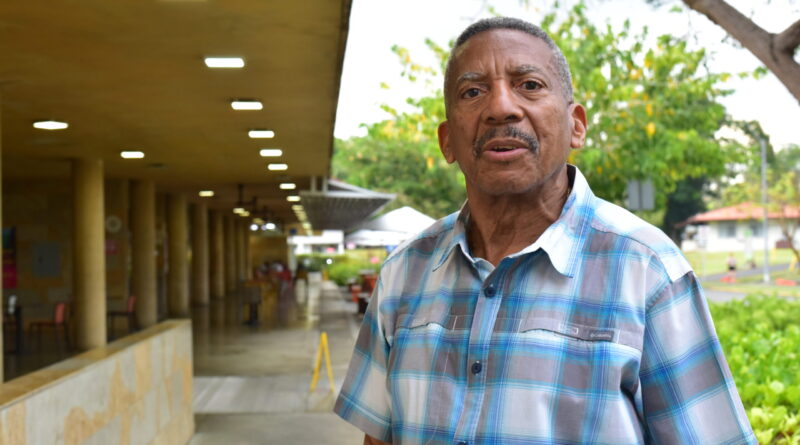Trump wants the canal back, but Afro-Caribbeans are staking a personal claim
By ROBERT STEWART
PANAMA CITY, Panama – When Panamanians heard President Donald Trump say that America should take back the canal it built, they took it personally – especially the descendants of Black migrants who did so much of the hard labor more than a century ago.
Now, this country’s Afro-Caribbean Panamanian community, sometimes referred to as West Indians, fears their families’ contribution might be whitewashed out of the canal’s story.
“We, especially as West Indians, claim the building of the canal to have been accomplished on our backs, the backs of our grandparents,” said Arcelio Hartley, whose grandparents moved to Panama to work on canal projects more than 100 years ago.
“I would never dare say it was exclusively West Indians,” he said, “but a major portion of the workforce came from the Caribbean.”
Since Trump’s inauguration, the American president has made repeated mention of the American lives lost in building the canal. He raised concerns about American treatment in its current operation, saying they have been violated and treated unfairly.
He recently asked the military to develop options for reclaiming the canal. The claims are a sore point between the two countries, even though it’s far from clear what Trump actually hopes to secure in talks with Panama.
For the community around the canal, though, this is not just a dispute over who may run the historic passageway. It’s about who rightfully shares in its legacy.
Leaders in Panama’s Afro-Caribbean community want to clear up confusion.
“It is totally disregarding the sacrifices and the hard work of our own people,” said Hartley, “our own ancestors.”
Hartley, who is today the president of the Society of Friends of the West Indian Museum of Panama, was born and raised in the Canal Zone.
The zone covered a centuries-old trade route that facilitated Spanish plunder from the Incan Empire back to Spain. After the U.S. gained new territories in the Atlantic and Pacific Oceans at the end of the 19th century, the U.S. government sought to build a canal along the route to expedite its naval and economic power between the two waterways.
After failing to gain concessions from Colombia, the U.S. supported a revolution in Panama and negotiated a treaty for rights to the canal after Panama won its independence from Colombia. The Americans designed, engineered, and funded the construction of the canal, which dramatically cut distance and travel time between the Atlantic and Pacific Oceans.
The U.S. established a 10-mile-wide strip, about 50 miles long that divided Panama in half to connect the Atlantic and the Pacific Oceans. The U.S. depopulated the region from people not working on the canal. Some 40,000 people were forced to leave. Between 150,000 and 200,000 migrants are estimated to have come from the Caribbean during the construction period, and tens of thousands lived and worked in the Canal Zone.
Those new Canal Zone residents included Hartley’s grandparents.
“The canal project … set in motion this demographic tidal wave of people first moving to the Isthmus of Panama to work,” said Julie Greene, a historian at the University of Maryland. “The origins of most Caribbean Americans in the United States today relate backward to the demographic changes created by the canal project.”
Greene – an expert on labor on the Panama Canal – says that Americans were able to control disease and design a lock canal, which helped them succeed where the French failed.
According to Greene, a sense of adventure and a desire to escape the oppressive economic conditions of the British Caribbean colonies encouraged Black people from Barbados, Jamaica, Antigua, Grenada, and other islands to seek work with the Americans in Panama.
It was an international effort with 5,000 to 6,000 white Americans, several thousand Europeans, a few hundred African Americans, and tens of thousands of Afro-Caribbeans building the canal, she said.
That makes Trump’s recent claim of 38,000 American deaths historically puzzling.
Greene says the treaty that gave the U.S. access to the canal was highly controversial as it was negotiated with the head of a French company that owned the rights to the canal, but not with the Panamanians.
“It was said that the president of Panama nearly fainted when he learned what had been given away to the United States,” said Greene.
“To hear the current president talk whimsically about taking back the canal is to repeat some historic injuries that were done to Panamanian sovereignty,” said Greene. “It seems to me that the U.S. should be a good neighbor to countries across the hemisphere rather than threatening to invade.”
By the time the late Sen. John McCain was born in the Canal Zone in the mid-1930s, the canal had long been finished, and largely English-speaking Afro-Caribbean communities were banned from immigrating. McCain’s grandfather and father were both stationed there at the time.
The Afro-Caribbean workers who remained in the zone lived and worked under Jim Crow laws and had to fight to get citizenship as Panamanians, according to Kaysha Corinealdi, a historian at Rutgers University and author of the book Panama in Black.” Xenophobia in mid-20th-century Panama led to constitutional reforms that stripped children with Caribbean parents of Panamanian statehood, she said.
Hartley’s generation was in a unique position, finishing high school in the late 1960s. The activism of the journalists and educators who reared Hartley’s generation helped them see more for themselves, said Corinealdi.
“They taught students to not see themselves as these non-people,” said Corinealdi, “as they were being told that they were outside and inside of the Canal Zone, in the Republic and this U.S. space.”
Opportunities also increasingly opened up for Black English speakers in the Canal Zone, said Hartley, after the U.S. and Panama revised the zone’s operations in a 1955 treaty that addressed issues of equality.
Enrique Sanchez, a friend of Hartley, said that even though the two of them grew up on different sides of the canal zone, the largely Afro-Caribbean students were pushed hard by the smart and ambitious generation that came before them.
The community’s grandparents were “dying to better themselves,” said Sanchez, quoting the title of a book that examined the lives of Caribbean immigrants who helped build the canal.
Sanchez went to college in the U.S. and worked for nearly four decades on the canal, with over two in management. He feels like his family history is deeply connected to the history of the canal.
Like Hartley, all of his grandparents came from Jamaica, and he is the third generation in Panama to have worked on the canal. He said that the people who left the Caribbean islands to brave danger, disease, bodily harm, and death worked on the canal to make a better life for their children. They helped future generations thrive – if not economically, then through a commitment to education.
Sanchez shares Hartley’s frustration with Donald Trump’s false claims about the canal, saying he thinks Trump has embraced a foreign policy of great world power hegemony.
“If Russia takes half of Ukraine, that’s not a problem … that’s their sphere of influence,” said Sanchez, speaking from Trump’s perspective. “Greenland, Panama, everything over here, this is mine.”
“What does that mean for Taiwan?” he asks.
Both men shudder at the idea of the U.S. retaking the canal. They take deep pride in the sacrifice and accomplishments of their parents and grandparents – as well as their own generation’s achievements.
“I feel proud of the work that we did to make sure that the canal operated smoothly, that the canal actually was successful in working under Panamanian hands,” said Hartley.
Hartley was the first Panamanian to be named as manager of the Panama Canal Authority’s transit operations division after Panama assumed control of the canal on Dec. 31, 1999. Today, he lives in a part of Panama City called Clayton, an area that would have been barred to him and his relatives as an exclusive military base prior to the handover of the Canal Zone.
“Panama is doing a fantastic job of running the canal,” said Sanchez. “We are running the canal for the benefit of Panama. We’re running it in a neutral manner. We’re not allowing the canal to become politicized or aligned with any government power. Not the United States. Not China.”
“I hope it really never comes to a show of force,” said Hartley, “because you know that in the end, people on both sides are going to suffer, and you don’t know for how long.”

Capital News Service is a student-powered news organization run by the University of Maryland Philip Merrill College of Journalism. With bureaus in Annapolis and Washington run by professional journalists with decades of experience, they deliver news in multiple formats via partner news organizations and a destination Website.

